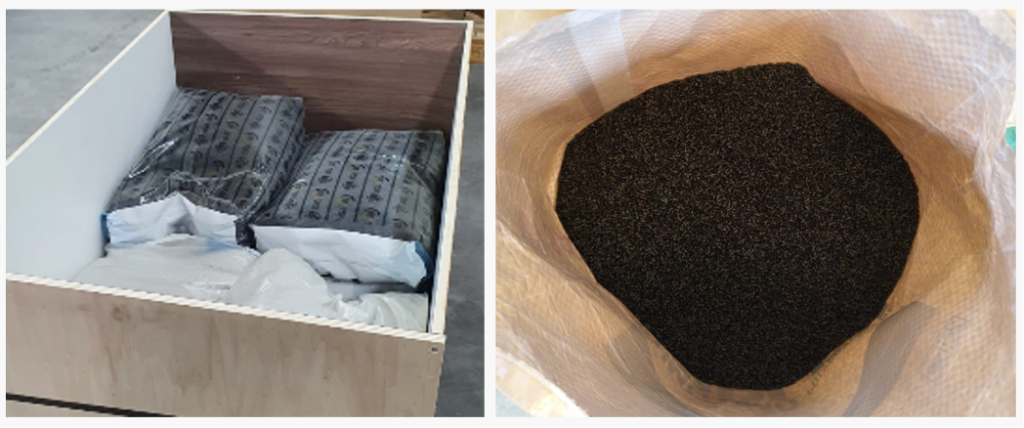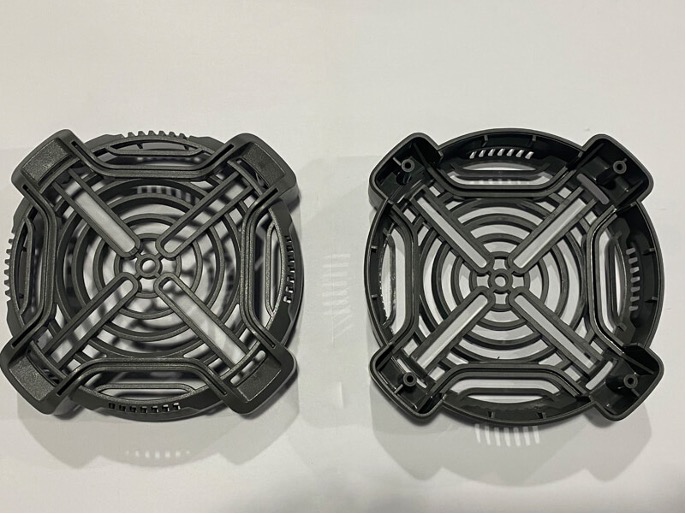Injection Mold: The Cost of Injection Molding Material
The Cost of Injection Molding Material
Injection mold or molding is a process of manufacturing that helps manufacturers produce parts in big volumes. Manufacturers inject melted materials into the mold to complete this process. It is also a widely used mass manufacturing process to create various identical items (thousands or even more).
Injection molding materials can be elastomers and plastics, etc. Injection molding is the fastest and precise method of producing identical parts or components in very large quantities. Today, we will take a look at the average cost of the injection molding material. Before that, we will take a look at how it works.

How Does Injection Mold Process Work?
The very first injection mold process involves creating the mold itself. Most molds are metal, usually steel or aluminum, and are precision-machined for matching the product features that you want to produce.
After creating the mold, the mold-maker fed the part material into the heated barrel. Then, it is mixed with the help of a helical-looking screw. The heating band melts the mold material inside the barrel.
The molten plastic or molten metal material is served into the cavity of the mold where it cools down and hardens to match the mold’s shape.
You can reduce the time of cooling by using cooling lines circulating the oil or water from the outside temperature controller. The tools of mold are fixed on platens (or mold plates) that open up after solidification of the material.
It also helps ejector pins in ejecting the component from the mold. You can combine separate materials in one component in an injection molding type, two-shot mold. You can use this technique for adding a softer touch to your products.
Moreover, this technique is also useful in adding colors to a component. It is an ideal approach for producing items with diverse performance characteristics.
It is possible to make molds with multiple or single cavities. A multiple cavities mold can include identical components in every single cavity. Or, you can use it to produce components of various geometries. Aluminum molds aren’t ideal for large production volumes or components with thin dimensional tolerances.
It is because they have mediocre mechanical properties. They are also susceptible to damage, deformation, and wear because of the clamping and injection forces.
The steel molds are highly durable, but they are expensive than aluminum molds. Thus, the process of injection mold needs vigilant design, including features and the shape of the component.
Injection Mold Material Cost
The cost of the injection molding material depends on how much you spend to create how many parts. For instance, if you produce 400,000 components after spending #20,000 on the steel mold, your cost on the mold for a single component will be around 5 cents.
However, there are a few other costs as well that will incur. Those include the material you use and the labor. All these things impact the cost of your injection molding project.
The most common materials for injection molding include:
- Polyamide
- Polyethylene
- Polypropylene
- ABS (Acrylonitrile Butadiene Styrene)
- ……
These materials are so common because all these materials are durable and affordable. Your product itself is the best decision-maker in deciding which material to choose to create the product. Apart from that, the material selection also depends on for what purpose you will use the product.
In addition, various factors impact injection molding’s final price, including complexity and size.
Most Expensive Injection Molding Materials
The most expensive injection molding materials include Polycarbonate, Teflon, Polysulfone, PEEK, Acetal, and Polyurethane. These materials come with special properties and are usually stronger, making them an ideal choice for specialized use.
Other components and additives can make them more durable. However, their price will also go up.
Injection Molding Materials That Cost Low
When we talk about the least expensive materials, they are polyethylene and polypropylene. These materials are highly versatile and perfect for making various things from car batteries to milk jugs. Polyethylene and polypropylene are the materials that we usually use every day. So, their low cost is a great advantage for mass production.
You must choose the right material for your injection molding project. As not all materials are suitable for all products. It is the product function that helps you determine what material you should choose. Before choosing a material, you should learn about all available options. It will help you identify the most suitable material for the product you want to make.
Injection Molding Considerations
There are several considerations to look at when starting your injection molding project. Here are those important considerations:
Financial: For injection molding manufacturers, the starting price can be a bit high. It also includes the mold and machinery costs.
Production Quantity: You must decide how many components you want to manufacture. Moreover, it will help you decide whether or not injection mold is a highly cost-effective production method.
Design Factors: You can make the injection molding easier by minimizing the parts number and making the geometry of the items simple. Additionally, the mold design tool is critical in preventing flaws during the production phase.
Production Considerations: Minimizing your cycle time would assist in production. Using hot runner mold machines with appropriate tooling is also important. Using hot runner machines and small changes can result in production savings. You can also save costs by minimizing assembly requirements, particularly if you want to produce parts in huge numbers.
How to Reduce Mold Costs
Some people find injection molding a highly expensive process. However, you can reduce the costs of mold in several ways. Those include:
- Eliminating undercuts
- Using the core cavity method
- Removing unnecessary features
- Designing self-mate parts
- Reducing cosmetic finishes
- Monitoring DFM analysis
- Considering part sizes
You can also modify existing molds for re-use and use multiple cavities of mold to reduce mold costs.

Final Words
The cost of injection mold depends on the material you choose and how many parts you want to manufacture. Apart from the material cost, there are also other costs, such as labor costs that you must also consider. However, you can reduce the cost by considering a few things that we discussed in this article. For a successful injection molding process, it is essential to choose the most suitable material according to the product you want to manufacture.
To learn more about the injection molding process, please click here.

